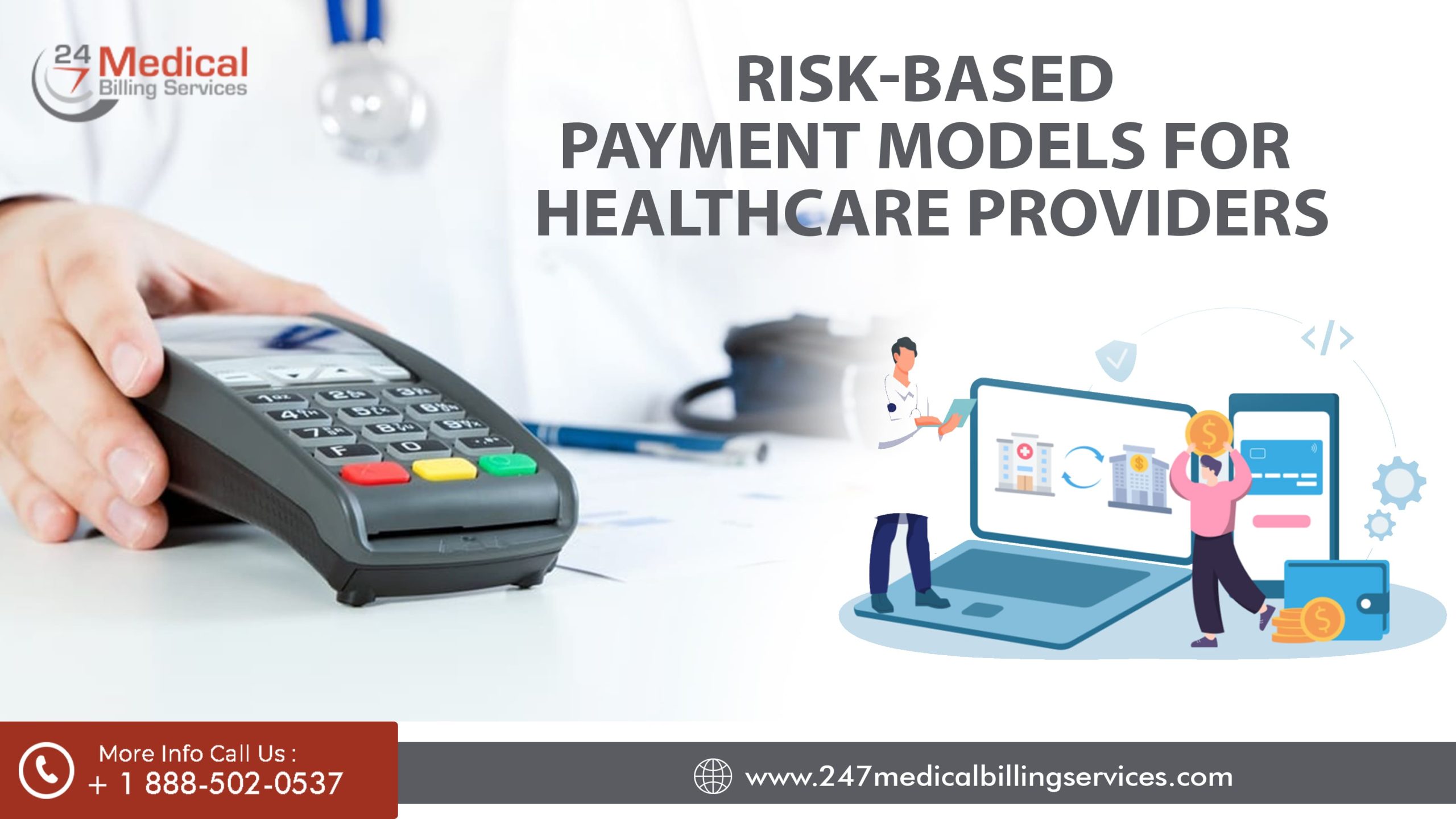
Risk-Based Payment Models for Healthcare Providers
Risk-based payment models, also known as budget-based contracting, are evolving in the healthcare industry as an alternative to traditional fee-for-service models. These models aim to control healthcare costs and improve care quality by holding providers financially accountable for patient outcomes.
Risk-based payment models are structured around an estimated cost of treating a specific condition or patient population. These estimates are based on sophisticated actuarial models and include direct and indirect practice expenses as well as a margin. In fact, there are various risk-based payment models for healthcare providers, such as:
Understanding Risk-Based Payment Models
Risk-based payment models are designed to align the financial incentives of healthcare providers with the goal of delivering value rather than volume. These models aim to improve patient outcomes, enhance care quality, and reduce unnecessary healthcare spending. Here are the key types of risk-based payment models:Capitation
Under capitation, providers receive a fixed amount of money per patient per period (e.g., per month or year), regardless of how many services the patient uses. This model places providers at full financial risk for the care of their patients, incentivizing them to manage resources efficiently and keep patients healthy to avoid costly interventions.Medical Billing Impact: Billing under capitation involves submitting claims for the capitated payment, a fixed amount per patient. The focus shifts from billing for each individual service to managing the overall care within the budget.
Shared Savings
In shared savings models, providers are rewarded for reducing healthcare costs while meeting quality performance standards. If providers reduce spending below a predetermined benchmark, they share the savings with the payer (e.g., insurance company).Medical Billing Impact: Providers continue to bill for services rendered, but shared savings payments supplement their revenue if they successfully control costs and meet quality targets. In fact, detailed tracking and reporting of cost and quality metrics are essential.
Bundled Payments
Bundled payment models involve a single, comprehensive payment for all services related to a specific treatment or condition over a set period (e.g., 30 days post-surgery). Providers are incentivized to coordinate care and avoid unnecessary services to stay within the budget.Medical Billing Impact: Billing under bundled payments requires tracking all services provided within the bundle period and ensuring they fit within the predefined payment. Providers must collaborate to share the bundled payment and efficiently manage the patient’s care.
Accountable Care Organizations (ACOs)
ACOs are groups of providers who voluntarily come together to give coordinated, high-quality care to their Medicare patients. In fact, ACOs share in the savings they achieve for the Medicare program if they meet specific quality and cost targets.Medical Billing Impact: Providers in ACOs bill for their services as usual, but the ACO as a whole is evaluated on its performance. If the ACO meets cost and quality benchmarks, it receives a share of the savings distributed among the participating providers.
Challenges in Adopting Risk-Based Payment Models
A recent survey by Premier, involving 177 healthcare professionals and physicians, revealed several challenges in shifting to risk-based payment models:- Reimbursement Insufficiency: 23% of respondents identified inaccurate reimbursements as the primary barrier.
- Data Access and Accuracy: Only 3% of participants stated that data from commercial payers was accurate and standardized, highlighting a significant barrier to implementation.
- Economic Incentives: The need for stronger economic incentives and more precise data access was emphasized as crucial for advancing these models.
Current Adoption Rates
The survey showed slow adoption across various payer types, with only 20% of the population covered under risk-based payment models. The following is the breakdown by payer type that includes:- 29% in Medicare fee-for-service risk-based arrangements
- 22% with Medicare Advantage
- 23% with employer-sponsored health plans
- 15% with Medicaid
- 11% with individual and small group plans
Role of Medicare
Medicare leads the way in risk-based payment model adoption:- Medicare Shared Savings Program: The largest accountable care organization program, encouraging providers to assume downside financial risk sooner.
- Multi-Payer Claims Data Access: CMS provides claims data through Innovation Center demonstrations, aiding in value-based care delivery.
Future Outlook
27% of healthcare professionals expect more than half of their patient population to be under risk-based arrangements within five years. Furthermore, there is a need for policy changes to support the shift, alongside efforts from healthcare providers to create conducive economic environments.Error-Free Medical Billing
Risk-based payment models present a promising approach to managing healthcare costs and improving patient outcomes. However, significant challenges, such as reimbursement accuracy and data access, must be addressed to accelerate their adoption. Medicare's initiatives and ongoing policy adjustments are steps in the right direction, but broader systemic changes are necessary for widespread implementation.For healthcare providers ready to transition to risk-based models, partnering with experienced medical billing and coding experts, such as those from 24/7 Medical Billing Services, can streamline the process and ensure error-free implementation.

.png)